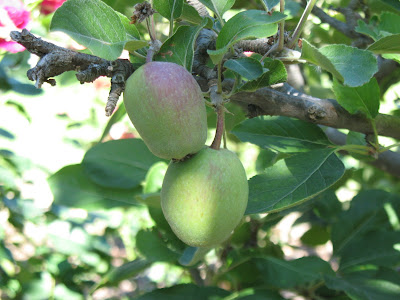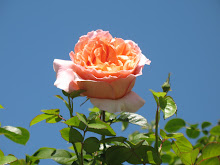



I purchased the plant pictured here several years ago, in two four inch pots. I have it planted in a partially sunny border that gets regular water. As you can see it has spread beautifully. In about 4 weeks, it will be completely covered in those small snap dragon-like flowers. The flowers have a little "mouth" you can pull open and closed, like a snap dragon. The foliage is small, delicate, lush and is shaped similarly to oregano - no serrations on the leaves. Again, the pictures really do not portray how great this looks when in full bloom. In winter, it really dies back, but every spring comes back strong. Next to the nasturtium and the pencil, you can get an idea of the scale. (not a bad looking border either, I must say, huh?)
It really is one of my favorites, and I'd buy lots more for many other areas, but it was not labeled when I bought it, and I have never noticed it at the nurseries I usually shop. Any ideas?














